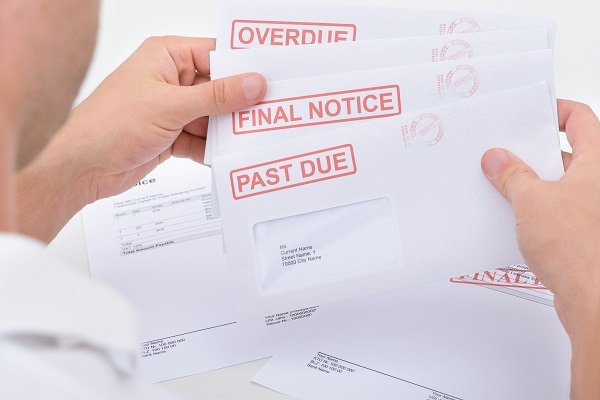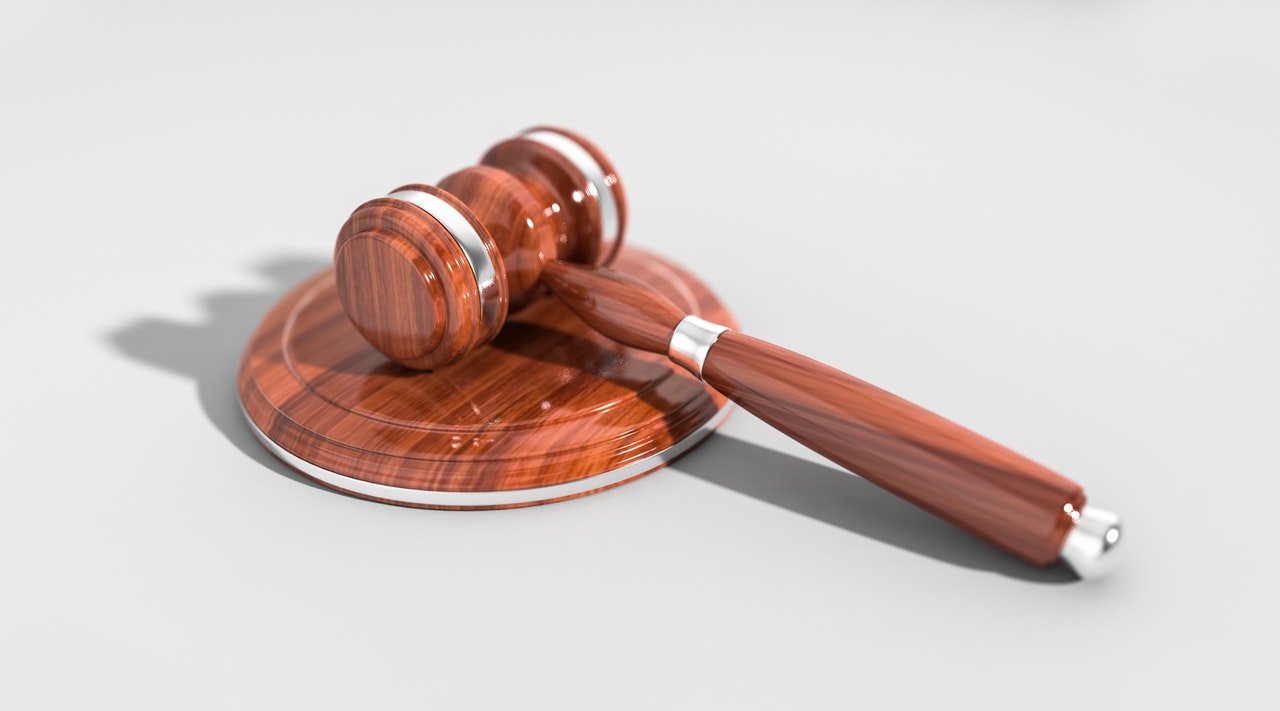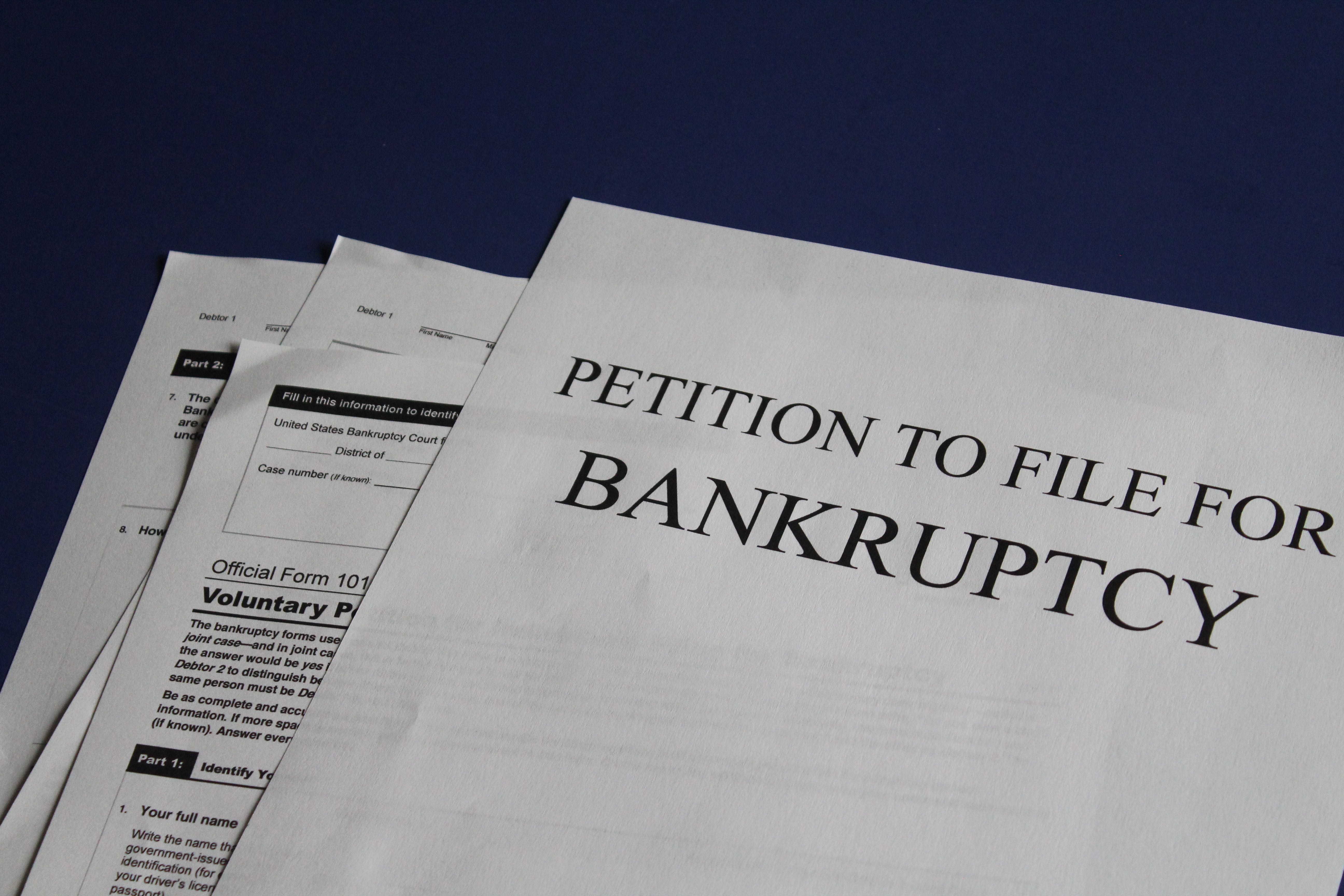For most lenders, a borrower filing bankruptcy is their worst nightmare. But when a borrower tries to strip down a lender’s lien through the bankruptcy case, it quickly goes from bad to worse. Over 50,000 bankruptcy cases were filed in the State of California alone in 2019. With the bankruptcy filings in 2020 following the same trajectory, here’s what banks, private lenders, and other secured creditors need to know to avoid their lien being stripped:
“Lienstripping” is bankruptcy jargon referring to a debtor’s ability to reduce an undersecured creditor’s claim to the present value of its collateral (e.g. real or personal property) through claim valuation under 11 U.S.C. § 506(a) and (d). Also known as claim “bifurcation,” lienstripping has the effect of dividing an undersecured creditor’s claim into secured and unsecured portions: The unsecured portion of the lien is “stripped” from the collateral and the deficiency between the total debt owed and the collateral’s present value becomes an unsecured claim. The lien on the collateral remains only in the amount of the “secured” claim.
Lienstripping can occur in a variety of ways, all of which require affirmative action by the debtor. Otherwise, the general rule is that liens “ride through” bankruptcy unaffected. With that in mind, how can secured creditors avoid having the amount of their lien reduced in a bankruptcy case and ensure they are paid in full?
First, debtors can only strip a lien when the creditor is undersecured (i.e., the debt owed to the creditor exceeds the fair market value of the collateral). If the property securing your lien has plenty of equity, you don’t need to worry about the debtor successfully stripping your lien.
Second, debtors are prohibited from stripping undersecured liens in Chapter 7 cases. If your borrower filed a Chapter 7, rather than a Chapter 11 or 13, you are in the clear.
Third, in a Chapter 11 or Chapter 13 case, debtors cannot strip first position liens secured by the debtor’s primary residence. If you made a first position owner-occupied and/or consumer purpose loan, you’re good to go.
Fourth, in Chapter 11 and 13 cases, debtors cannot strip junior liens secured by the debtor’s primary residence unless the junior lien is totally underwater. Meaning, if there’s some value in the property over and above the amount of any liens senior to yours, you don’t need to worry about the debtor successfully stripping your lien.
While lienstripping may be a lender’s first and foremost concern when their borrower files bankruptcy, it is not as commonplace as you may believe. Nevertheless, it’s always important to develop a strategy and take action early on in the bankruptcy case.





